Choosing the right query engine can make or break your data analytics strategy with high performance. With organisations processing petabytes of data daily, the choice between Trino and Apache Spark isn’t just technical – it’s strategic. Both engines are powerful for big data processing but excel in fundamentally different scenarios.
This guide will help you understand the key differences between these two query engines, their unique strengths and features and determine which one is right for your organisation. Whether you’re building interactive dashboards or complex machine learning pipelines, making the right choice will save you months of development time and infrastructure costs.
What Makes These Query Engines Unique?
Trino – Lightning Fast Interactive Analytics
Trino is a paradigm shift in how organisations approach big data and interactive data analysis. Originally developed to enable fast, ad hoc analytics across multiple data sources without moving the data, Trino has evolved into the go-to SQL query engine for organisations that prioritise speed and federation. It was originally a fork of Presto which was developed by Facebook to optimise SQL querying for large datasets.

Trino represents a paradigm shift in how organizations approach big data and interactive data analysis. Originally developed to enable fast, ad hoc analytics across multiple data sources without requiring data movement, Trino has evolved into the go-to SQL query engine for organizations prioritizing speed and federation. It was originally a fork of Presto, which was developed by Facebook to optimize SQL querying for large datasets.
Key advantages of Trino:
-
Sub-second to few-second response times for ad hoc queries
-
Seamless integration across diverse data sources without ETL
-
Coordinator-worker architecture optimized for high concurrency
-
Native support for standard SQL queries across data warehouses, lakes, and databases
-
Concurrent execution of query stages due to its pipelined architecture, which enhances performance
Trino excels when data analysts need immediate insights from various data sources. Its stateless design means you can query data stored in S3, PostgreSQL, and Snowflake simultaneously—all within a single SQL query—without moving or copying data. Trino shines in interactive analysis due to its in-memory processing and pipelined architecture.
Spark – Comprehensive Data Processing Framework
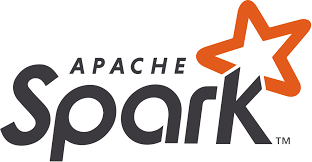
Apache Spark takes a different approach, functioning as a unified analytics engine for large-scale data processing, backed by strong commercial support. Built around resilient distributed datasets and fault-tolerant execution, Spark provides a complete ecosystem for data engineers and data scientists working with complex, multi-stage data transformations. Apache Spark is a general-purpose data processing engine that can handle batch processing, streaming, and machine learning. Those interested in comparing Spark with alternatives to Snowflake can explore options that balance performance and budget.
Key advantages of Spark:
-
Unified platform supporting batch processing, stream processing, and machine learning
-
Multiple programming language APIs (Python, Scala, Java, R) plus Spark SQL
-
Built-in libraries for graph processing, machine learning (MLlib), and structured streaming
-
Fault tolerant execution mode with automatic recovery capabilities
Spark supports everything from ETL pipelines to training machine learning models on large datasets. Its in-memory computing capabilities and comprehensive ecosystem make it invaluable for organizations building end-to-end data science workflows.
Trino vs Spark: Core Architecture Differences
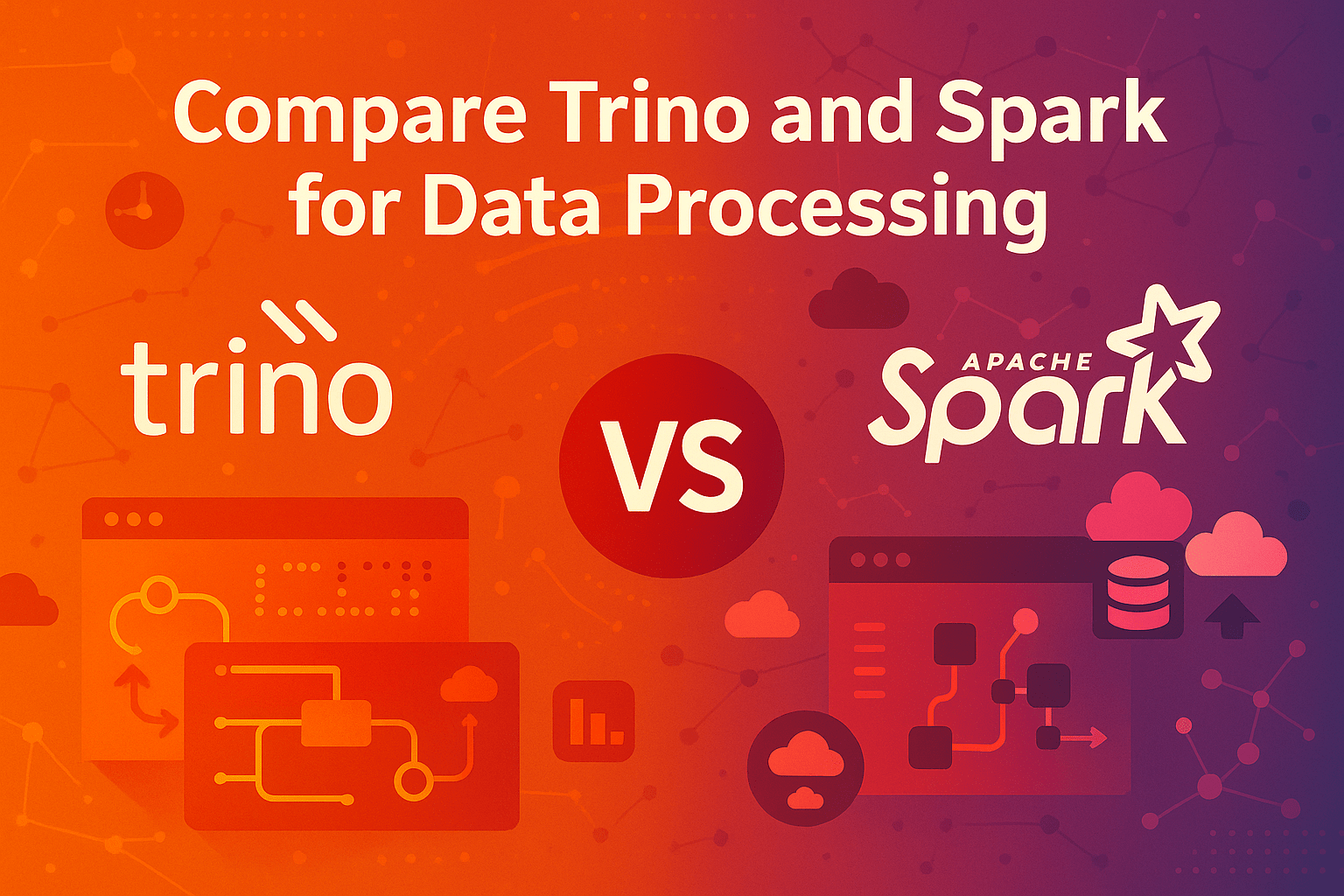
Understanding the architectural philosophies behind these two query engines reveals why their fault tolerance features allow them to excel in different scenarios.
Processing Models
Trino’s Coordinator-Worker Architecture: Trino uses a stateless, shared-nothing design where a coordinator node handles query parsing, planning, and scheduling while worker nodes execute tasks in parallel. This architecture enables:
-
Pipelined execution that starts returning results immediately
-
Easy horizontal scaling by adding worker nodes
-
High concurrency support for interactive querying
-
Minimal resource overhead for simple queries
Spark’s RDD-Based Framework: Spark built its foundation on resilient distributed datasets (RDDs), which track data lineage for fault tolerance. The driver program orchestrates distributed executors across multiple nodes, providing optimized execution plans :
-
Fault tolerant execution through lineage tracking
-
In-memory data caching for iterative algorithms
-
Complex, multi-stage job execution capabilities
-
Resource-intensive processing optimization
Data Access Patterns
Trino operates as a federated sql query engine, connecting to data where it lives rather than requiring data movement. This approach minimizes storage costs and enables real time analytics across diverse data sources.
Spark, conversely, often benefits from bringing data into its distributed computing environment, especially for complex data transformations and machine learning workloads that require multiple passes over large datasets.
Performance and Workload Optimization
The performance characteristics of Trino and Spark reflect their different design priorities and target use cases. Apache Spark typically uses a staged execution model which can make it slower for interactive use cases compared to Trino.
Query Performance Comparison
|
Workload Type
|
Trino
|
Spark
|
|
Ad hoc analytics
|
Sub-second to few seconds
|
10+ seconds typical
|
|
Interactive queries
|
Optimized for low latency
|
Higher latency, batch-oriented
|
|
Complex ETL
|
Limited capabilities
|
Highly optimized
|
|
Machine learning
|
Not supported
|
Native MLlib integration
|
|
Stream processing
|
Not available
|
Structured streaming API
|
Concurrency and Scalability
Trino’s stateless design enables it to handle hundreds of concurrent users efficiently, making it ideal for organizations with large analytics teams requiring interactive data analysis. The engine can process thousands of queries simultaneously while maintaining consistent performance.
Spark excels at resource intensive workloads requiring significant compute power. While it may not handle as many concurrent users as Trino, Spark can process massive amounts of data through complex transformations that would be impossible in traditional SQL engines.
Language Support and Development Flexibility
The programming interfaces available in each engine significantly impact how data engineers and data scientists interact with their data.
Trino’s SQL-Centric Approach
Trino implements ANSI SQL with extensions specifically designed for distributed querying and federated analytics. This focus provides:
-
Familiar interface for data analysts comfortable with SQL
-
Seamless integration with BI tools like [LINK 1] and Looker
-
Standardized query syntax across multiple data sources
-
Limited customization beyond Java-based user-defined functions
-
Wide support for standard SQL functionality, making it user-friendly for SQL experts
-
Familiar interface for data analysts comfortable with SQL
-
Seamless integration with BI tools like Tableau and Looker
-
Standardized query syntax across multiple data sources
-
Limited customization beyond Java-based user-defined functions
Organizations choosing Trino benefit from its simplicity—if your team can write SQL, they can immediately start querying across your entire data ecosystem.
Spark’s Multi-Language Ecosystem
Spark supports multiple programming languages through dedicated APIs:
-
PySpark: Python interface popular among data scientists
-
Spark SQL: SQL interface for familiar query syntax
-
Scala API: Native Spark language for maximum performance
-
Java API: Enterprise-friendly interface
-
R API: Statistical computing integration
This flexibility allows teams to use their preferred programming languages while leveraging Spark’s distributed computing capabilities. Data scientists can prototype in Python, while data engineers can optimize production pipelines in Scala.
Real-World Use Cases and Applications
Understanding when to choose each engine becomes clearer when examining real-world applications and organizational needs.
When Trino Excels
Interactive Business Intelligence: Organizations using Trino typically deploy it as the query layer for big data analytics, data discovery, and business intelligence. Common scenarios include:
-
Cross-platform analytics combining data warehouse and data lake sources
-
Ad hoc reporting requiring immediate results
-
Data mesh architectures needing federated querying capabilities
-
Self-service analytics for business users
Example Implementation: A retail company uses Trino for data virtualization, combining sales data from PostgreSQL, customer behavior from their data lake, and inventory information from Redshift—all in a single query powering real-time dashboards.
When Spark Dominates
Complex Data Processing Pipelines: Spark shines in scenarios requiring heavy data transformations, batch processing, and advanced analytics:
-
Large scale ETL processes transforming raw data into analytics-ready formats
-
Machine learning model training and feature engineering
-
Graph processing for network analysis
-
Stream processing for real time analytics
Example Implementation: A financial services firm uses Spark to process millions of transactions daily, detect fraud patterns using machine learning, and update risk models—all within a unified platform.
Implementation Requirements and Considerations
Successfully deploying either engine requires understanding their infrastructure needs and operational requirements.
Trino Implementation Details
Trino requires moderate infrastructure planning focused on:
-
Commodity hardware or cloud VMs for worker nodes
-
Network connectivity to various data sources
-
Connector configuration for each data source
-
SQL expertise within the team
The implementation details for Trino are generally straightforward—most organizations can have a basic cluster running within days.
Spark Infrastructure Needs
Spark deployments require more sophisticated planning:
-
Resource managers (YARN, Kubernetes, Mesos) for cluster coordination
-
Distributed storage systems (HDFS, S3) for intermediate data
-
Memory and CPU optimization for different workload types
-
Programming expertise in chosen language APIs
Organizations must invest more time in capacity planning and performance tuning to maximize Spark’s capabilities.
Making the Right Choice: Decision Framework
The choice between Trino and Spark ultimately depends on your organization’s specific requirements and constraints.
Choose Trino When You Need:
-
Fast interactive queries across multiple data sources
-
Low latency analytics for business intelligence and dashboarding
-
Federated querying without data movement requirements
-
High concurrency support for many simultaneous users
-
SQL-focused development with minimal learning curve
Choose Spark When You Need:
-
Comprehensive data processing capabilities beyond simple queries
-
Machine learning integration and advanced analytics
-
Multi-language programming flexibility
-
Complex ETL pipelines and data transformations
-
Stream processing for real time analytics
Hybrid Approaches
Many organizations discover that Trino and Spark complement each other perfectly. A common pattern involves:
-
Using Spark for heavy ETL processing and machine learning workflows
-
Deploying Trino as the interactive analytics layer for end users
-
Connecting both engines to shared data storage systems
This approach maximizes the unique capabilities of each engine while providing comprehensive analytics coverage.
Performance Benchmarks and Quantitative Analysis
Industry benchmarks show significant performance differences between these powerful tools for different workloads.
For interactive analytics workloads, Trino is 2-30x faster than Spark for ad hoc analytics across multiple data sources. That’s why Trino is the choice for organizations that prioritize query performance in business intelligence.
Conversely, Spark dominates large scale analytics that require complex data transformations. Its fault tolerance and in-memory computing allows it to process massive datasets that would kill traditional query engines.
Both engines support petabyte scale deployments, with Trino clusters handling thousands of concurrent queries and Spark clusters processing ETL jobs across thousands of nodes.
Future Considerations and Emerging Trends
Both query engines are evolving with the broader trends in data architecture and analytics requirements.
Trino is expanding its connector ecosystem with new connectors for emerging data storage formats like columnar storage formats and cloud native databases. Recent work is focused on cost based optimization and query plans for complex federated analytics.
Spark’s roadmap is focused on deeper integration with cloud object stores, Delta Lake and other table formats and expanded Python capabilities. The Spark Core is evolving to support next gen AI and machine learning workloads.
Organizations building modern data architectures are adopting both engines in complementary roles, using Spark and Trino together to build comprehensive analytics platforms.
The Third Path: Factory Thread
.svg)
Manufacturers require more than generic BI or heavy-duty ETL: they need secure, real-time operational intelligence that bridges shop‑floor systems and enterprise data. Factory Thread fills this gap by delivering:
-
Plug‑and‑Play Manufacturing Connectors: Out‑of‑the‑box integration with MES, ERP, historians, SCADA and flat files—no custom coding.
-
Real‑Time Federation: Query and join data across OT and IT sources instantaneously, without data duplication or complex ETL.
-
AI‑Driven, No‑Code Workflows: Drag‑and‑drop flow builder plus natural‑language prompts to generate automation pipelines in seconds.
-
Hybrid Edge‑to‑Cloud Runtime: Deploy flows securely on‑prem at the edge or in the cloud, maintaining uptime even in air‑gapped environments.
-
Enterprise‑Grade Governance: Built‑in encryption, RBAC, audit trails, and monitoring ensure compliance and operational visibility.
By combining Trino‑style query federation with Spark‑style processing flexibility—and tailoring it to manufacturing use cases—Factory Thread offers a unified platform for real‑time shop‑floor analytics and automation, empowering teams to make informed decisions at machine speed.
The choice between Trino vs Spark isn’t about picking a winner – it’s about choosing the right tool for your data. Trino is great when you need fast interactive queries across multiple data sources, Spark is great for complex data processing and machine learning.
Consider your team’s technical expertise, existing infrastructure and primary use cases when making this decision. Organizations that prioritize business intelligence and ad hoc analytics will find Trino’s performance and simplicity compelling. Teams building comprehensive data science platforms and complex ETL pipelines will benefit from Spark’s flexibility and advanced capabilities.
Remember powerful tools require thoughtful implementation. Whether you choose Trino, Spark or both, invest time in understanding your data access patterns, query performance requirements and long term analytics goals. The right choice will allow your organization to unlock insights from your data and build for the future.
Making informed decisions about query engines today will set your organization up for success tomorrow.
Trino is faster than Spark for interactive queries because it is optimized for low-latency SQL execution and performs in-memory, pipelined processing across distributed nodes. Unlike Spark, Trino doesn’t require data to be transformed or moved before querying, which significantly reduces overhead for real-time analytics.
Trino is not well-suited for complex data transformations, ETL workloads, or machine learning tasks. It also lacks native data processing pipelines and may require integration with other tools for scheduling, orchestration, and data governance. Additionally, large-scale joins across disparate sources can impact performance if not carefully managed.
Apache Spark is a powerful open-source engine designed for large-scale data processing, supporting batch jobs, streaming, and machine learning. Trino, formerly known as PrestoSQL, is a distributed SQL query engine optimized for querying data across multiple data sources in real time, without the need for data movement or preprocessing.
While Apache Spark is still widely used, certain workloads are shifting to more specialized tools. Apache Flink is increasingly popular for real-time stream processing, Trino for federated interactive SQL queries, and Dask or Ray for Python-based distributed computing. The choice depends on the specific data processing needs.
Trino is designed for real-time, federated SQL queries on data lakes and other sources, whereas Spark is a general-purpose engine built for large-scale batch and stream processing, including advanced analytics and machine learning. Trino emphasizes low-latency querying, while Spark excels in data transformation and iterative computation.
Apache Spark is not dying, but its usage is evolving. It remains a core component in many data ecosystems but is now often complemented or replaced by tools better suited for specific tasks, such as Flink for streaming or Trino for federated querying. Organizations are increasingly choosing more targeted solutions over all-in-one platforms.
Trino is fast because it executes SQL queries using a distributed, in-memory architecture that allows for pipelined query execution. It minimizes data movement by querying data where it lives and supports parallel processing across many nodes, which drastically reduces query response times for analytics workloads.





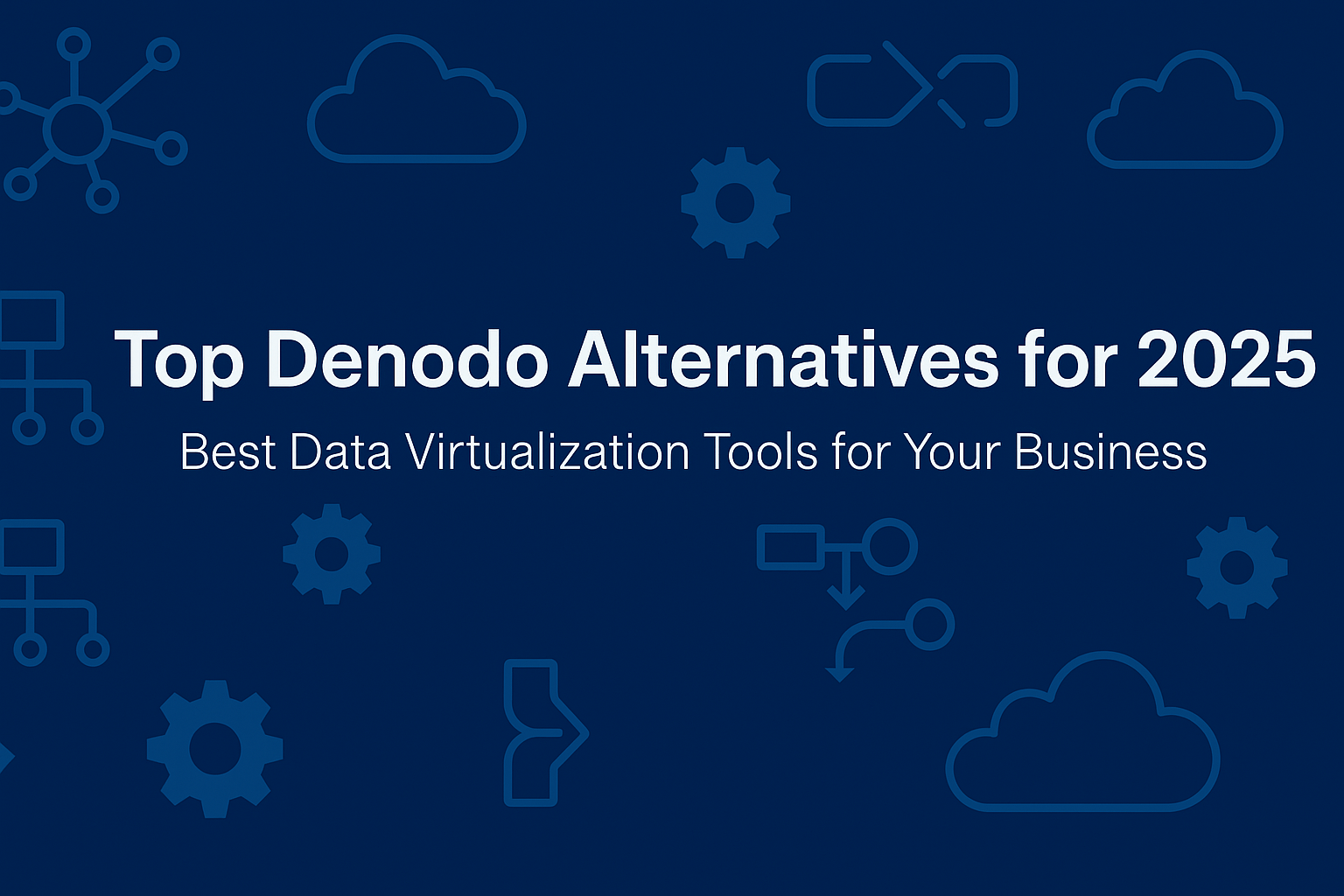
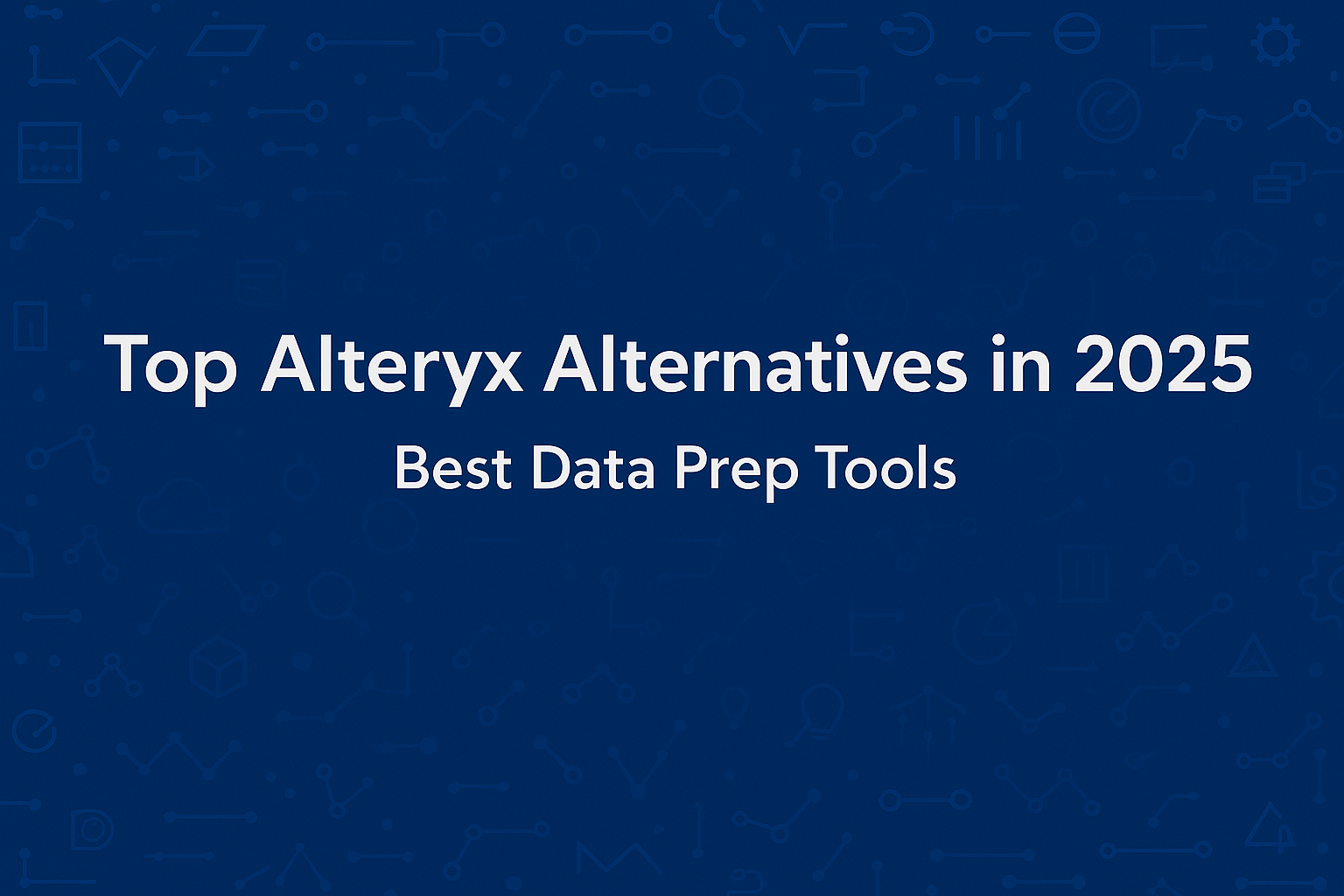
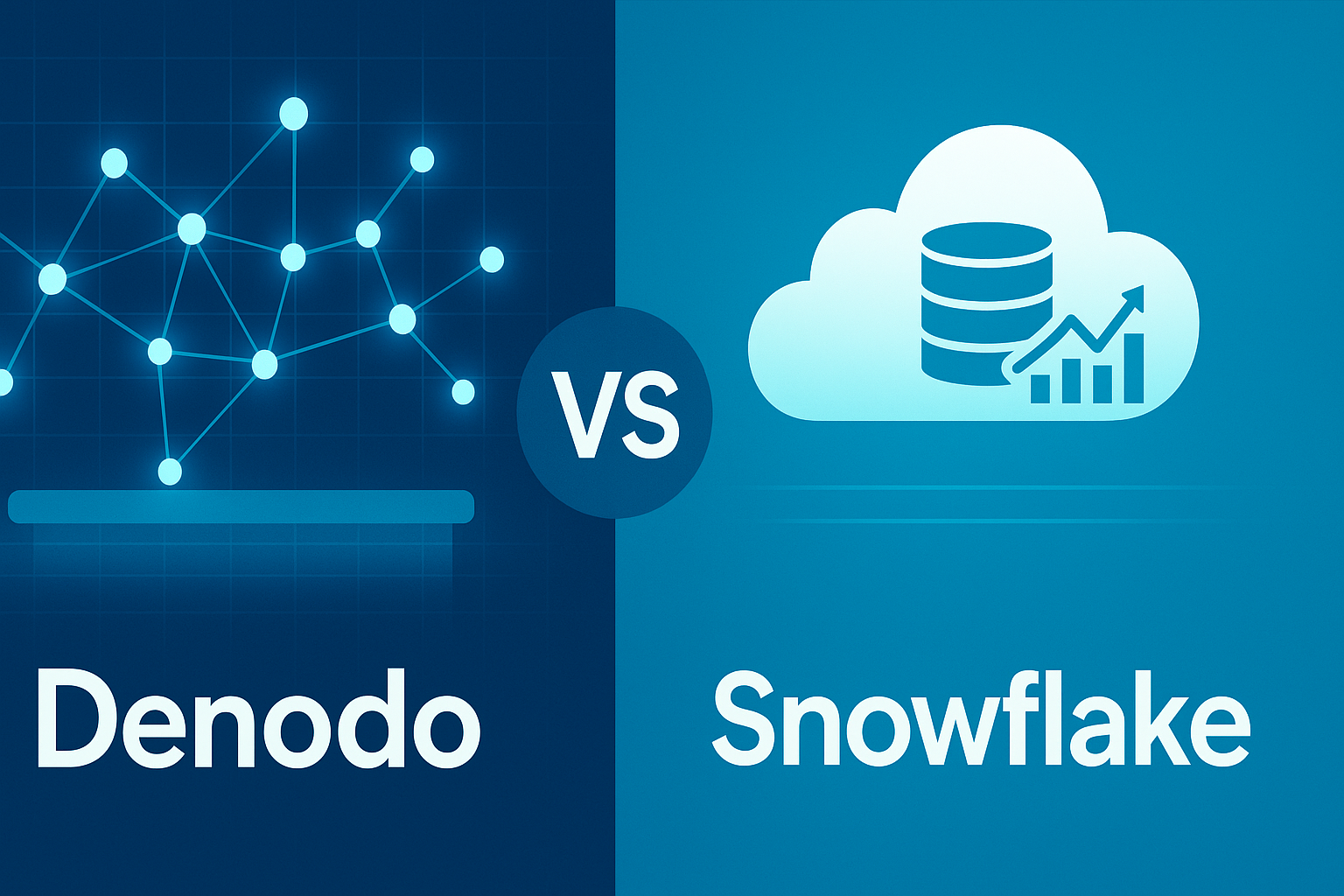
No Comments Yet
Let us know what you think